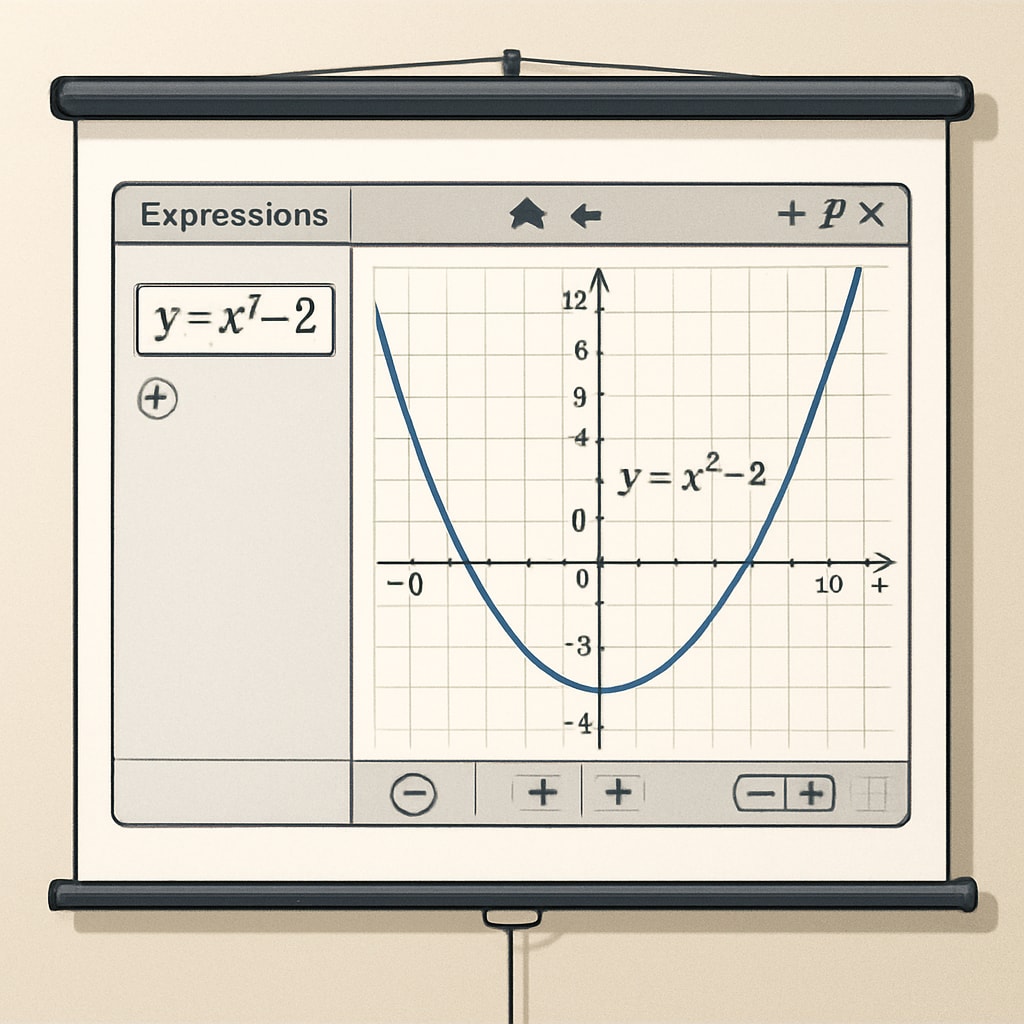Teaching high school mathematics effectively often involves addressing persistent learning challenges among students. “Mathematics teaching, high school mathematics, learning challenges” are central to designing a curriculum that not only meets academic standards but also caters to students’ needs. Collecting systematic feedback from students about their struggles can provide invaluable insights for educators, enabling them to refine lesson plans and teaching methods. This article explores actionable strategies to optimize mathematics education using student feedback, with a particular focus on Algeria’s high school curriculum reform.
Identifying Challenges in High School Mathematics
High school mathematics often presents complex concepts that can overwhelm students, such as calculus, trigonometry, and algebra. These subjects require a deep understanding of foundational principles, which some students may lack. Additionally, diverse learning paces and styles further complicate classroom dynamics. By identifying specific problem areas through feedback, educators can implement targeted interventions.
Student feedback serves as a diagnostic tool for pinpointing common difficulties. For example, students might highlight confusion in applying formulas or interpreting word problems. In Algeria’s case, recent curriculum reforms have introduced new content, making it even more critical to monitor how students are adapting.

Leveraging Feedback to Optimize Mathematics Teaching
Feedback collection is only the first step. Transforming this data into actionable teaching strategies requires a structured approach. Below are key steps to leverage feedback effectively:
- Data Collection: Use surveys, one-on-one discussions, and anonymous feedback forms to gather student insights on challenging topics.
- Data Analysis: Categorize feedback into specific themes, such as conceptual misunderstandings or practical application challenges.
- Curriculum Adjustment: Modify lesson plans to allocate more time to difficult topics and incorporate alternative teaching methods like visual aids or group exercises.
- Continuous Assessment: Regularly reassess student feedback to ensure that the implemented changes are yielding positive results.
For instance, if students struggle with graphing functions, teachers can introduce more interactive tools such as graphing calculators or software. This adaptive approach not only enhances learning outcomes but also fosters student engagement.

Benefits of Feedback-Driven Curriculum Optimization
Incorporating student feedback into the teaching process has several advantages. First, it fosters a more inclusive learning environment where students feel heard and valued. Second, it equips educators with practical insights that may not be immediately apparent through traditional assessment methods. Finally, it aligns teaching strategies with real-world challenges, preparing students for higher education and professional applications of mathematics.
For example, according to a Wikipedia article on education in Algeria, the recent reforms aim to enhance critical thinking skills among students. Feedback-driven adjustments directly support this goal by addressing gaps in understanding and application.
Conclusion: The Path Forward
Optimizing high school mathematics teaching through student feedback is a dynamic and ongoing process. By identifying learning challenges, leveraging feedback strategically, and continuously reassessing teaching methods, educators can significantly improve outcomes. As Algeria and other countries undertake curriculum reforms, this approach offers a scalable framework for enhancing mathematics education. Ultimately, the key to success lies in creating a collaborative environment where students and educators work together to overcome challenges.
For further reading on how feedback can transform education, visit the Education section on Britannica.


